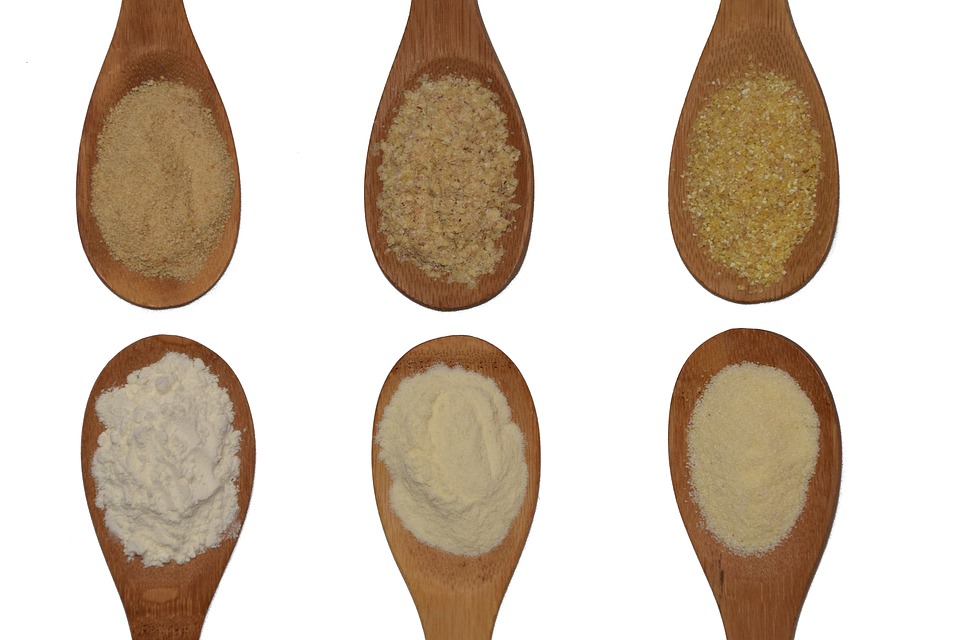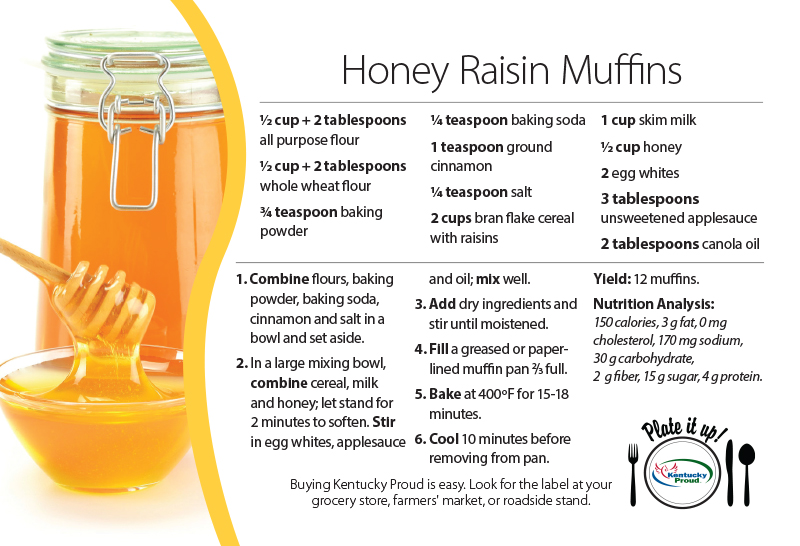
When it comes to flour, there is a lot to know. Flour is a staple item and you should always have some on hand. But what kind!? How much? How long does it stay good? Let’s get started.
Types of flour:
All-Purpose (AP)– AP flour can otherwise be known as “plain flour”. It is the most common type of flour and can be used in savory and sweet dishes.
Self-Rising– A low protein flour with salt and baking soda. Self-rising flour is often recommended for biscuits and quick breads. Self-rising flour contains a pinch of salt and a teaspoon of baking soda per cup of flour.
Whole Wheat– Whole wheat flour is higher in fiber and overall nutrient content than white flour. It is not an exact substitute for all purpose flour, but can be mixed with all purpose to up the dish’s fiber and nutrient contents.
Semolina– Semolina flour is used in pastas and breads. It is a great to keep your dough from sticking to the pan while baking.
Other types:
Bread flour
Almond flour (Gluten Free)
Cake flour
Spelt flour
Rye flour
Rice flour
Oat flour
Other Nut flours
If you are going to keep one type of flour stocked at home, it should be all-purpose flour. AP flour is the most versatile flour, it can be used in pastries, bread, gravy, and breading for meats or vegetables.
You can keep AP flour in your pantry for 3-6 months when properly stored. If you store it in the freezer, that can double its shelf life to 6-12 months. Flour will start to have an unpleasant smell when it has gone bad.
The Honey Raisin Muffin recipe below calls for both AP and whole wheat flour. This is a good example of how you can increase the nutrients in your recipe by replacing AP flour with whole wheat.
Whole wheat flour does not have as much gluten in it. This can cause issues when baking, which is why it is a good idea to still keep at least half the amount of AP flour in your recipe.
